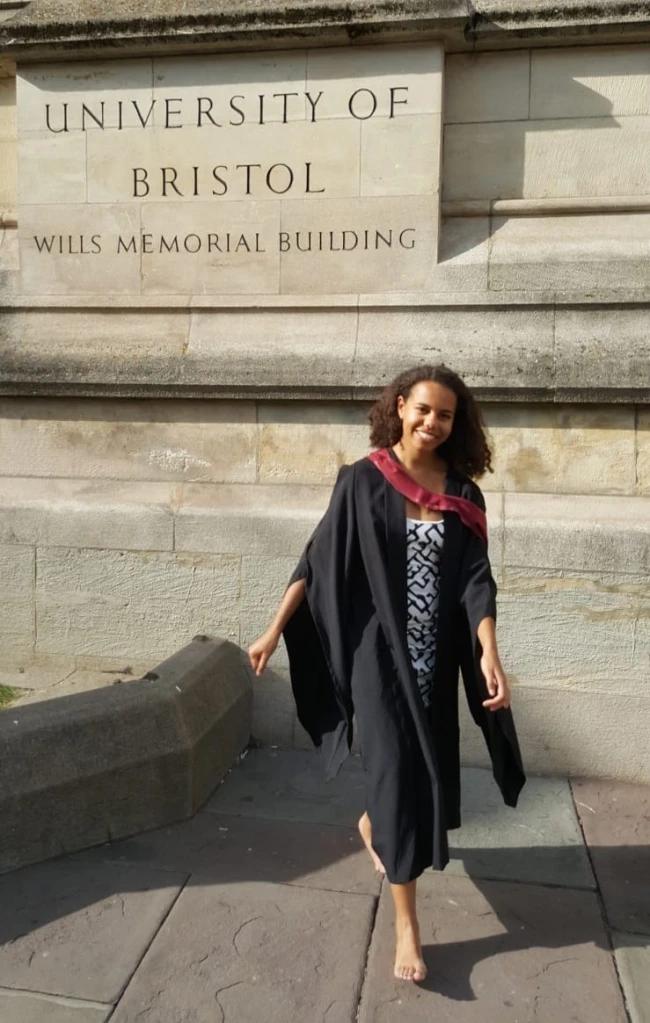Ghosts in the Museum

As our time as students at the University of Bristol drew to a close in the summer of 2016, some friends and I decided it was high time we did a tour of the university’s most iconic venue, the Wills Memorial Building. On the tour, the guide told us a little about the building’s namesake and the university’s first chancellor, Henry Overton Wills III. Alongside the Fry and Colston families, he had provided the funds for the university to receive its Royal Charter in 1909 — basically promoting it from University College, Bristol to a fully-fledged university. But the fortunes of these three families had been built upon the labour of enslaved people and, in the case of Colston, through the transatlantic slave trade itself.
To my horror, the guide then told us that the current university logo features the crests of these three families: a sun for Wills, a horse for Fry and a dolphin for Colston. Of course, the exploits of Edward Colston and his memorialisation by the city of Bristol became international news last June when protestors dumped his statue into Bristol Harbour. But back in 2016 I was incredibly shocked by this revelation. How on earth could this be possible?

Philosopher Jacques Derrida noticed that in Western philosophy the notion of “presence” was always prioritised over “absence”. He set out to investigate this assumption through the analogy of a ghost, which represents an absence (the past) which is also present — it haunts us. He called this theory “hauntology”. The ghosts (the history of the university) had always been there, screaming their presence onto everything from the website to my degree certificate. My tour of the Wills Memorial Building was just that moment in the horror film when you finally realise you can see dead people, and you’ve been seeing them all along. The past was haunting us. At Bristol, the fact that these histories remained ghost-like and ignored meant a denial of Bristol’s part in making the world the way it is today. Now that I could see the ghosts, I could start to understand them, use them, challenge them.
In her article “Interpretation and the Art Museum”, Cheryl Meszaros applied the theory of hauntology to her exploration of museum interpretation. She goes on a ghost hunt to seek out unnamed authorities that museums have “unknowingly championed”. One ghost we can find in museums is their colonial history. They are institutions that grew out of cabinets of curiosities, showcases for exotic specimens and artefacts from newly colonised lands. Early museums were overtly a means to celebrate British dominance overseas and shape colonial narratives about the wider world. Ironically, I discovered the University of Bristol crest residing in an online cabinet of curiosities that was created in 2009 to celebrate the university’s centenary.

The history of collecting is perhaps the most obvious ghost which is haunting museums, as its legacy is embodied by the art and objects which form museum collections today (especially if you consider that most UK museums are legally unable to sell or dispose of objects in their collections). Museum collections are often used as an excuse for not telling certain narratives, or being unrepresentative of British society. Sara Wajid, Co-CEO of Birmingham Museums Trust, said that while working on the East India Galleries at the National Maritime Museum “collections felt like the enemy”. The museum’s collection had been amassed to give only one perspective — that of the East India Company.
So, what do we do about these ghosts? Meszaros argues that “the task is not to eradicate the ghosts, but rather, to face them and render them visible and available as repertoires of meaning-making.” It might sound a bit like the current British government’s “retain and explain” policy, but I understand Meszaros’s statement to be about making historical structures visible without the need to necessarily keep racist imagery on show. Let’s share knowledge publicly about how the colonial history of museums continues to be embedded in their structures and collections.
And in the case of the University of Bristol crest? In the wake of last year’s Black Lives Matter protests, the university has committed to reviewing its logo and the name of the Wills Memorial Building. My initial, visceral response is that the university should change them. My more considered, reflective response is that we shouldn’t erase that history. And those two feelings are not contradictory. Changing the logo would end the continued celebration of those “founding families” and the way students and staff encounter them in a casual, normalising way. But that wouldn’t mean that its history is erased. The fact that I spent almost four years as a student at the university without knowing this history is evidence that keeping the logo doesn’t necessarily teach us about it. If anything, changing it will lead to more people learning about the old crest and more research being done to better understand its history. For evidence, simply look to the huge amount of interest in Edward Colston and public sculpture since last June.
To me, it seems that a reversal of the colonial cabinet of curiosities, which casts a critical eye over British history instead of exoticising other parts of world, could be the perfect place for the crest to reside after all.
